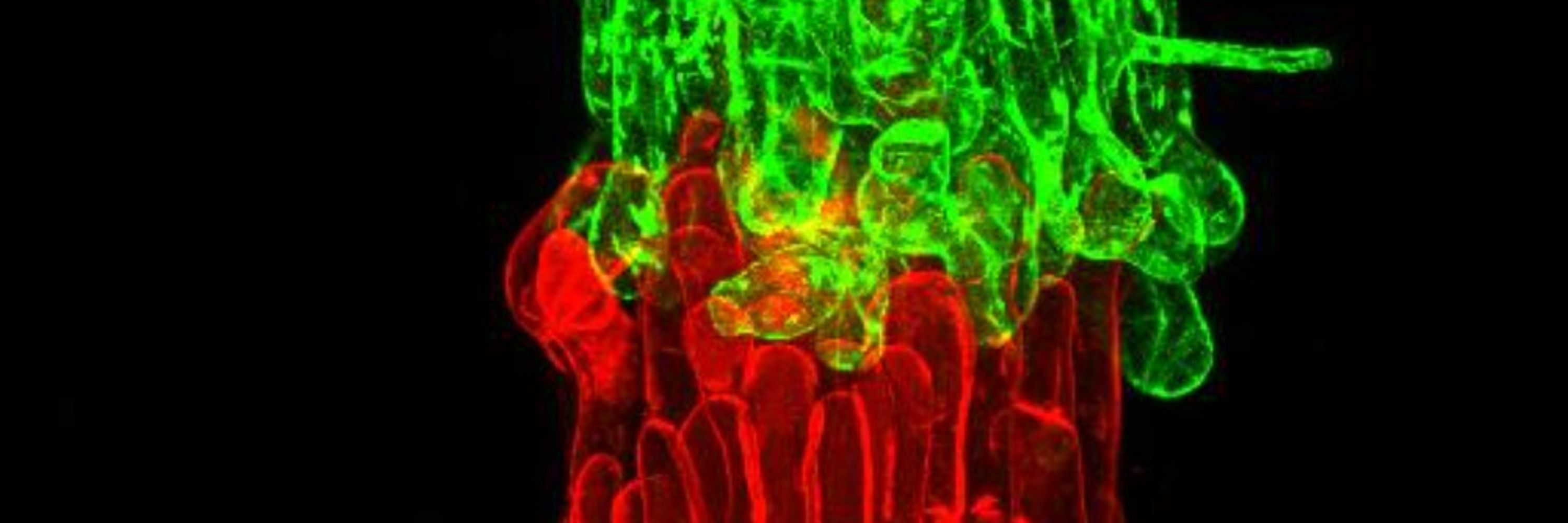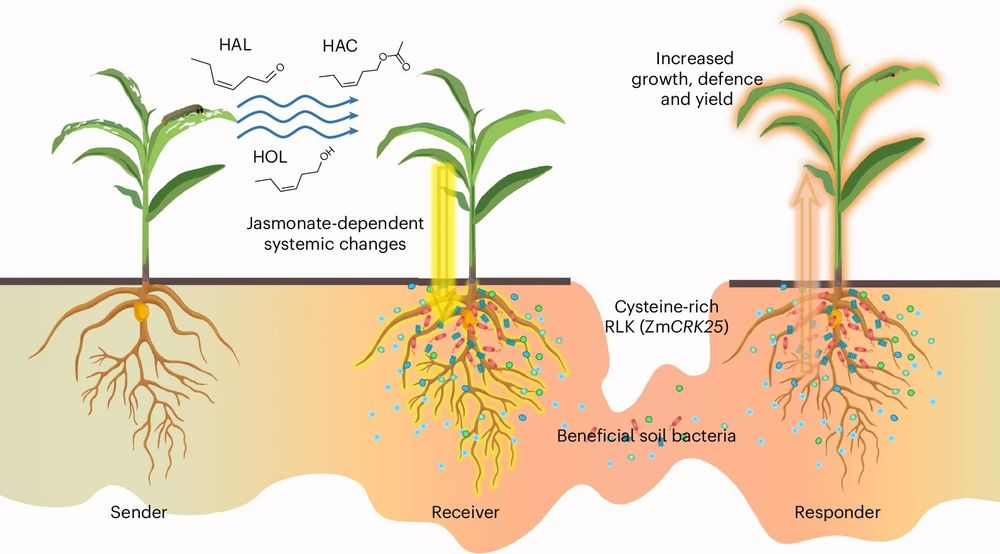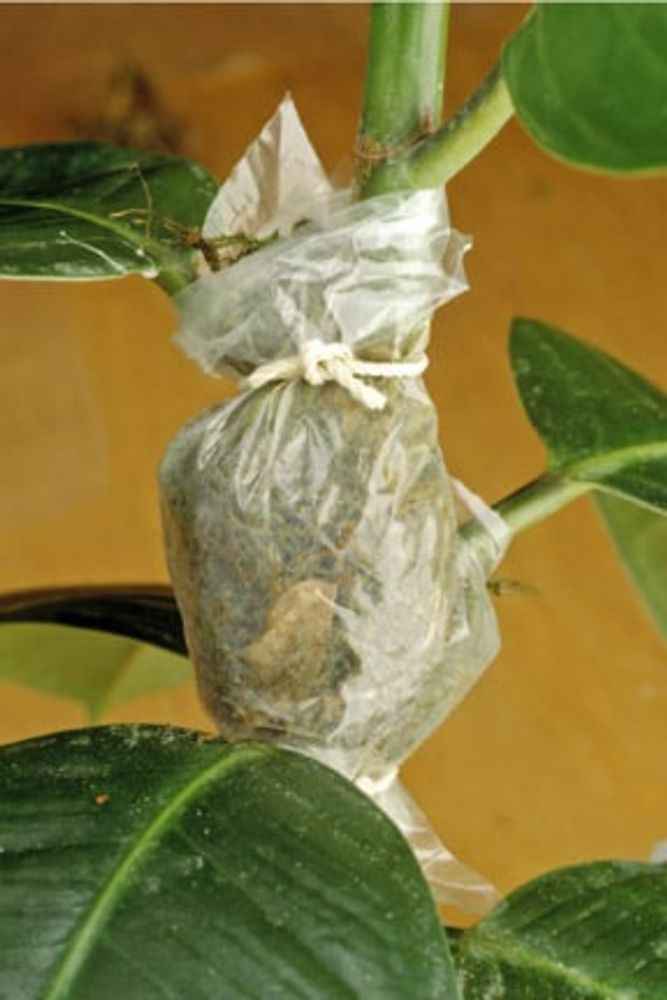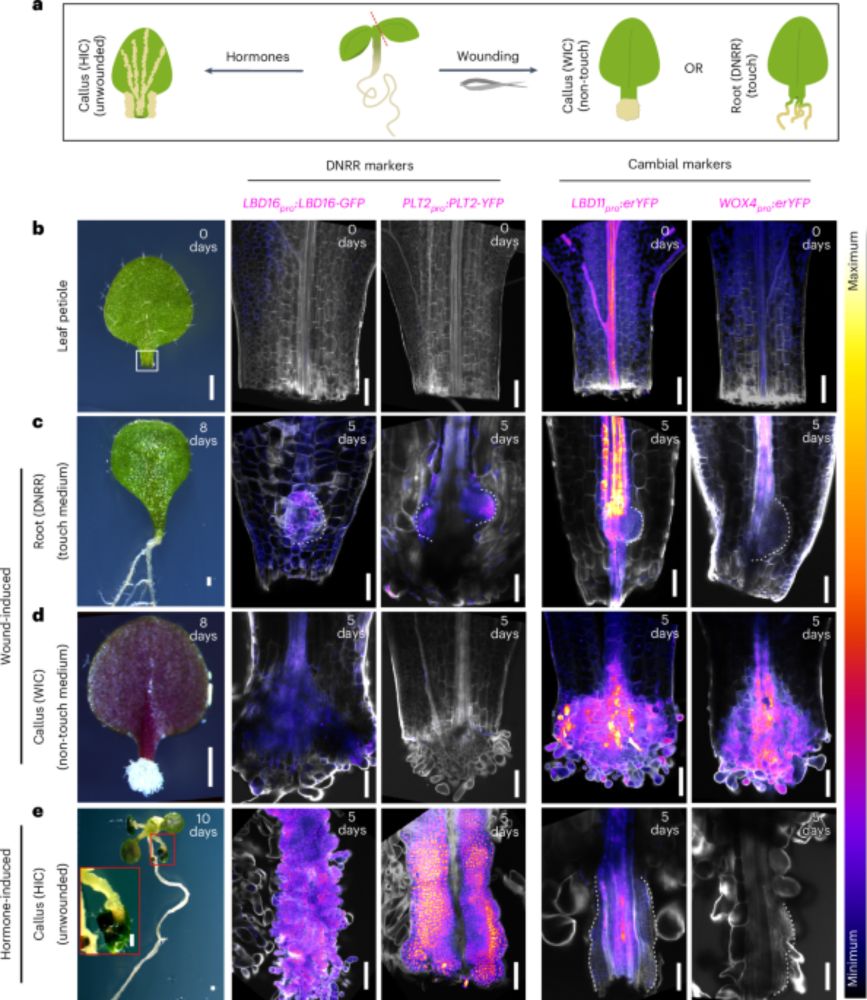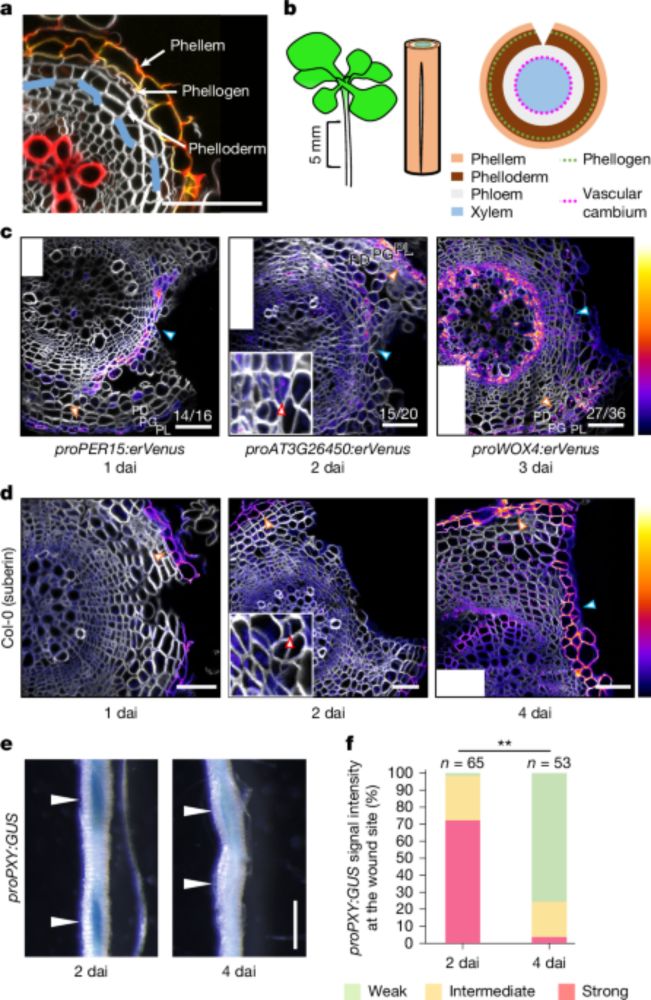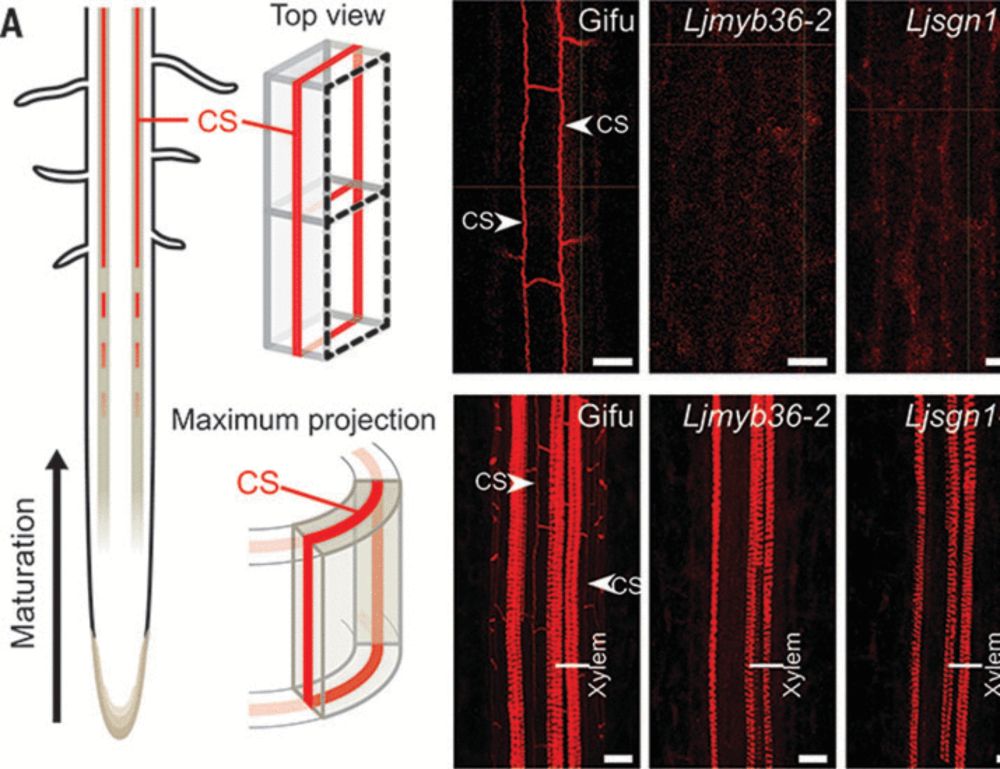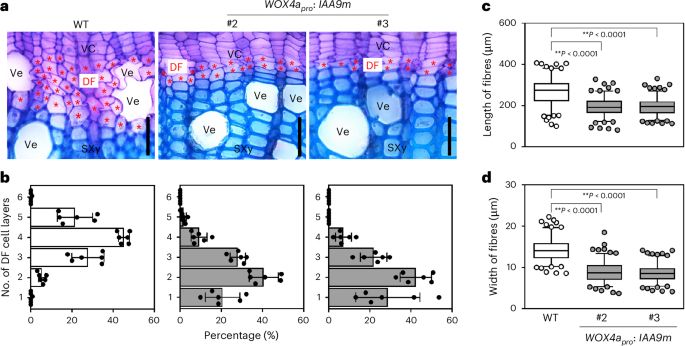Charles Melnyk
@charlesmelnyk.bsky.social
1.2K followers
500 following
30 posts
Plant biologist studying grafting, tissue regeneration and parasitic plants at the Swedish University of Agricultural Sciences: www.melnyklab.com
Posts
Media
Videos
Starter Packs
Reposted by Charles Melnyk
Reposted by Charles Melnyk
Kalika Prasad
@kalikaprasad.bsky.social
· Jul 25
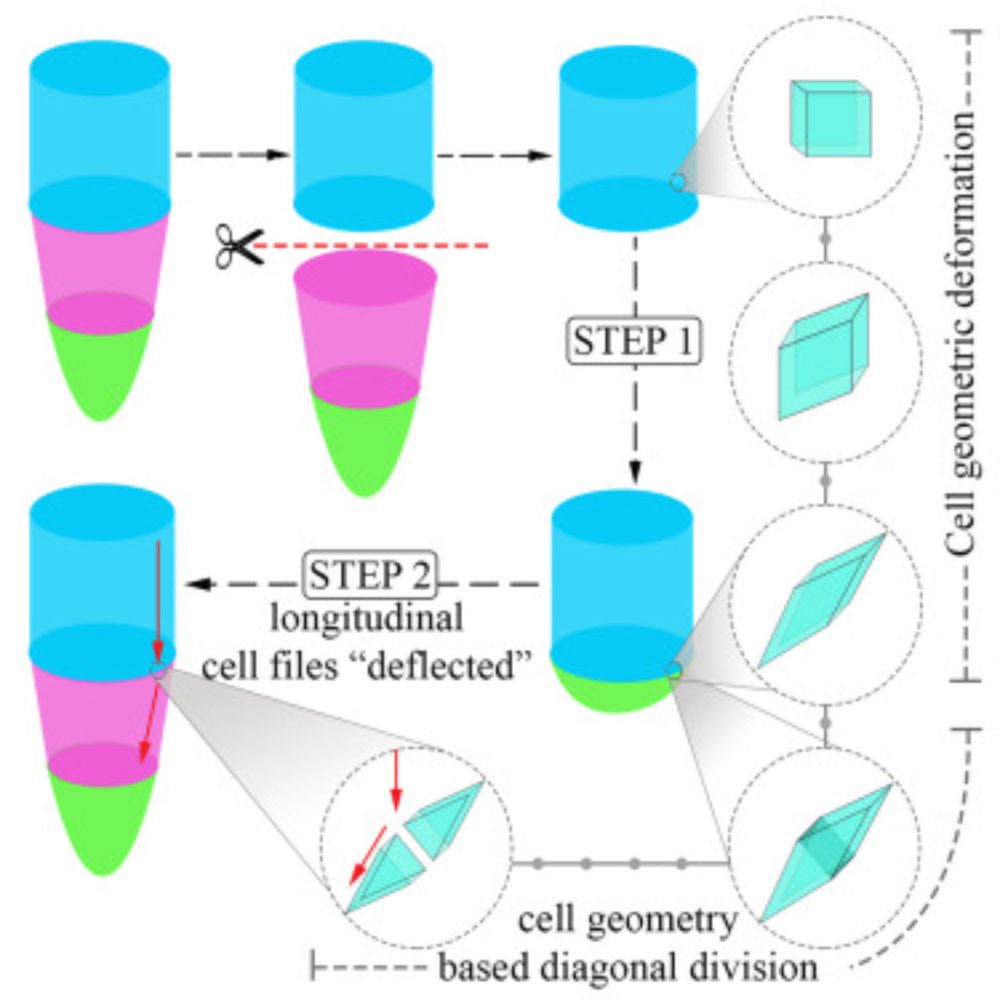
Wound repair in plants guided by cell geometry
Mathew et al. show that growth conflicts reshape cells after injury, forming rhomboidal
geometries that trigger diagonal divisions. This reorients cell files to restore tapered
morphology. A two-step ...
www.cell.com
Reposted by Charles Melnyk
Plantae.org
@plantaeofficial.bsky.social
· Jul 23
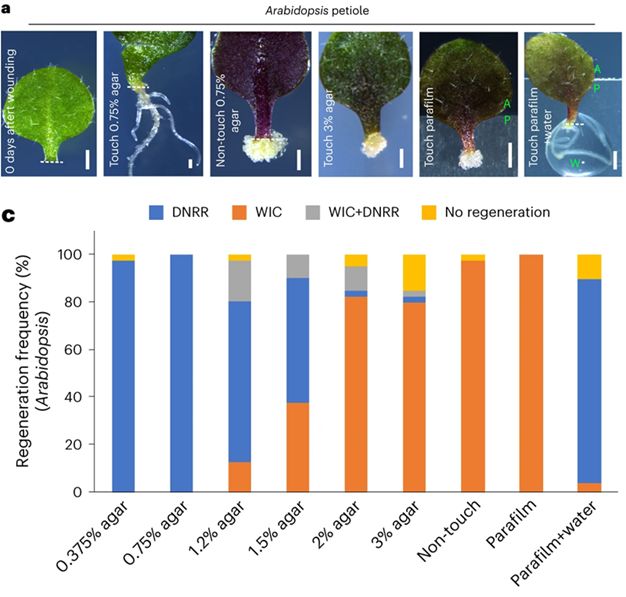
The hidden power of water in plant regeneration | Plantae
Plants are renowned for their remarkable ability to regenerate tissues and organs. Two typical regeneration pathways—de novo root regeneration (DNRR) and wound-induced callus (WIC) formation—enable…
buff.ly
Reposted by Charles Melnyk
Reposted by Charles Melnyk
Charles Melnyk
@charlesmelnyk.bsky.social
· Jul 12
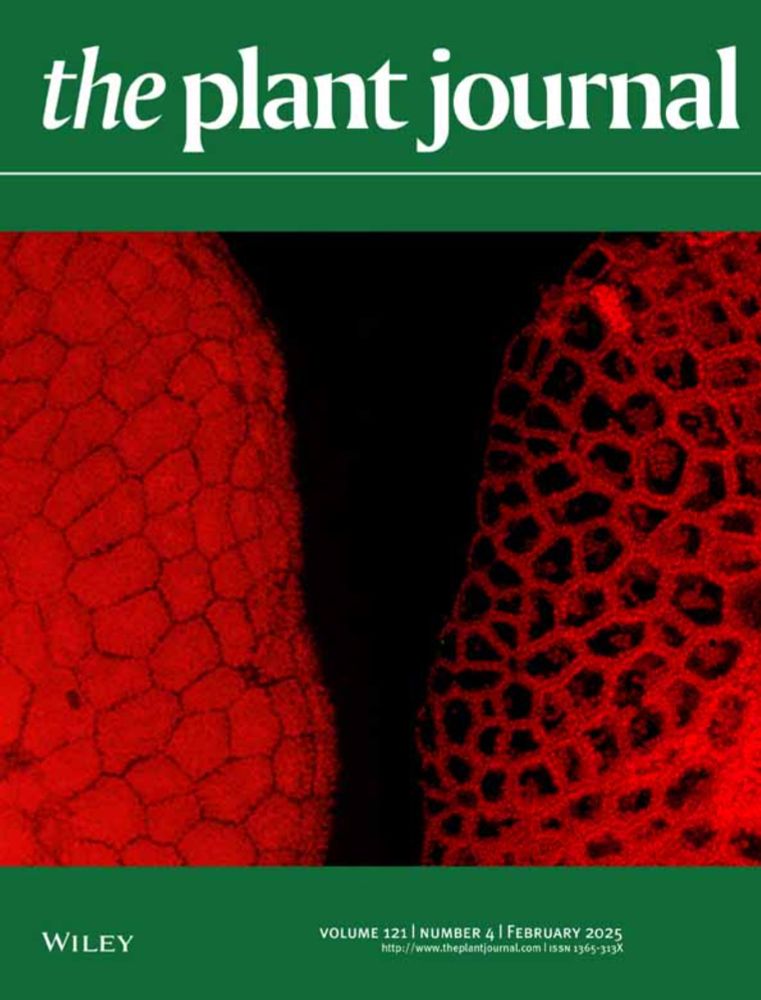
Modern and historical uses of plant grafting to engineer development, stress tolerance, chimeras, and hybrids
Plant grafting has been practiced for millennia and recent developments have resulted in new species, new techniques and new applications appearing. Here, we review these advances focusing on develop...
onlinelibrary.wiley.com
Reposted by Charles Melnyk
Marc Somssich
@somssich.bsky.social
· Apr 16
Charles Melnyk
@charlesmelnyk.bsky.social
· Mar 21
Reposted by Charles Melnyk
Charles Melnyk
@charlesmelnyk.bsky.social
· Mar 12
